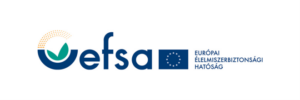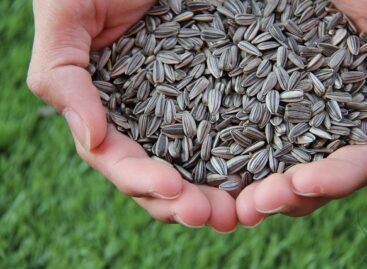The 2022 zoonosis report has been published
In 2022, campylobacteriosis (with 137,107 reported cases) and salmonellosis (with 65,208 reported cases) were the most frequently reported zoonotic diseases among humans in the EU. However, the number of cases was still lower than in the pre-pandemic years of 2018-2019. In the case of West Nile fever, an increase in the number of infections was observed.

The most common source of campylobacteriosis infection is chicken meat, but in the case of salmonellosis, 19 Member States and the United Kingdom also met their target for reducing salmonella in poultry. This is the highest number since 2018, when 14 Member States met all targets, a milestone in joint efforts to combat zoonotic diseases and protect public health. The 2nd highest number of West Nile cases ever recorded was recorded in 2022 (1,333 cases), while the highest number of cases (1,612 cases) was recorded in 2018. These unprecedentedly high numbers may be caused by climatic conditions more favorable to mosquito activity. In 2022, 431 birds and 166 horses were registered as infected with West Nile virus in the EU, which is approximately double the previous year’s figures. The virus has also expanded its geographic range, reaching previously untouched areas (southwestern France, northern Germany, and southern Italy).
The annual zoonosis report does not only examine sporadically reported diseases
Also foodborne outbreaks, cases where at least two people acquire the same disease by consuming the same contaminated food. The number of reported foodborne outbreaks in the EU increased by 44%, from 4,005 in 2021 to 5,763 cases in 2022, which reached a level similar to the years before the pandemic, and the highest number of deaths caused by the epidemic in the last decade caused the number (64). The deaths have been attributed primarily to Listeria monocytogenes and have been linked to a range of foods, from meat and dairy products to fish and vegetables. More frequent use of whole genome sequencing could increase the sensitivity of surveillance, thereby increasing the ability to detect outbreaks in Member States. EFSA has also published maps and data tables that provide information on Brucella, zoonotic tuberculosis and Shiga toxin-producing E. coli, and make the data searchable.
All fact sheets are available on the EFSA website.
Nébih
Related news
Sunflower and rapeseed seed prices have decreased
🎧 Hallgasd a cikket: Lejátszás Szünet Folytatás Leállítás Nyelv: Auto…
Read more >Safe vegetable fermentation
🎧 Hallgasd a cikket: Lejátszás Szünet Folytatás Leállítás Nyelv: Auto…
Read more >Some of SIRHA’s partners
🎧 Hallgasd a cikket: Lejátszás Szünet Folytatás Leállítás Nyelv: Auto…
Read more >Related news
(HU) Karácsonyi tv-reklámok 2025 – indul a közönségdíj szavazás
🎧 Hallgasd a cikket: Lejátszás Szünet Folytatás Leállítás Nyelv: Auto…
Read more >McDonald’s restaurants will be closed nationwide on December 24-25
🎧 Hallgasd a cikket: Lejátszás Szünet Folytatás Leállítás Nyelv: Auto…
Read more >Price reduction at Lidl: Popular butters are available for less
🎧 Hallgasd a cikket: Lejátszás Szünet Folytatás Leállítás Nyelv: Auto…
Read more >






